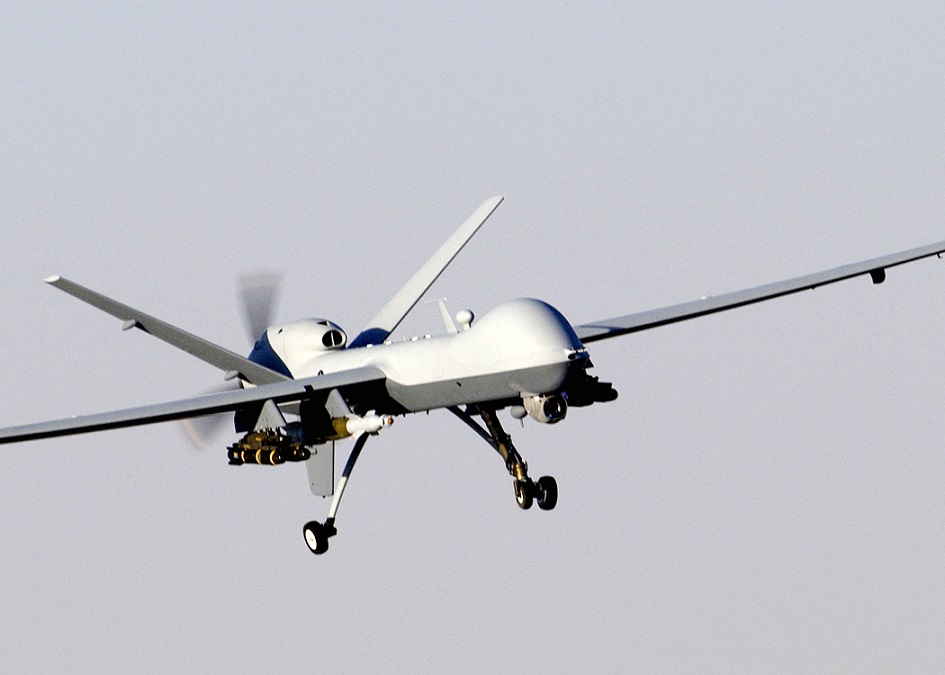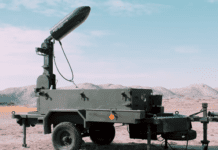
This post is also available in:
 עברית (Hebrew)
עברית (Hebrew)
The integration of unmanned aerial vehicles in the urban environment is becoming more and more evident, reflecting commercial market development. Now we can also expect to see military UAVs in a city’s airspace.
In the coming years, combat drones will be tested over major American cities in an effort to fully integrate military-grade drones into civil airspace alongside commercial air traffic and demonstrate the drones’ civilian capabilities.
General Atomics Aeronautical Systems will test-fly its SkyGuardian (AKA MQ-9B or Predator B) drone over San Diego, California, already during 2020, as reported by salon.com.
The goal is to integrate drones into American skies in a variety of ways.
The SkyGuardian is an advanced version of the Predator military drone used outside the US in the war on terror but designed to be compliant with regulations for U.S. airspace. The drone was granted experimental certification by the Federal Aviation Administration (FAA).
The company said it will be used for “mapping of critical infrastructure” in the region and displaying the drone’s civilian capabilities. The version the company intends to test-fly will not be weaponized.
The drone can be used for firefighting, border patrol and humanitarian assistance by various government agencies. Its intelligence-gathering, surveillance and reconnaissance abilities were developed to support a variety of homeland security and other non-military roles, according to sandiegouniontribune.com.
Its endurance represents a dramatic advantage for police departments as a replacement for human-piloted helicopters, which are limited by how long the pilot can stay in the air. Using SkyGuardian, police would be able to silently monitor suspects or protests for up to 40 hours and stream high-resolution video to police from more than 2,000 feet above.
The test flight “could open the skies to a multitude of missions that could be carried out using large (drones), including broader support for first responders contending with natural disasters such as floods and forest fires.”
However, defenseone.com asserts that General Atomics officials want the SkyGuardian to freely fly in American skies by 2025, and one of the drone’s biggest selling points is its FAA stamp of approval coupled with its intelligence-gathering, surveillance and reconnaissance abilities — including signals intelligence.
























